Washington's Visit (Part 2)
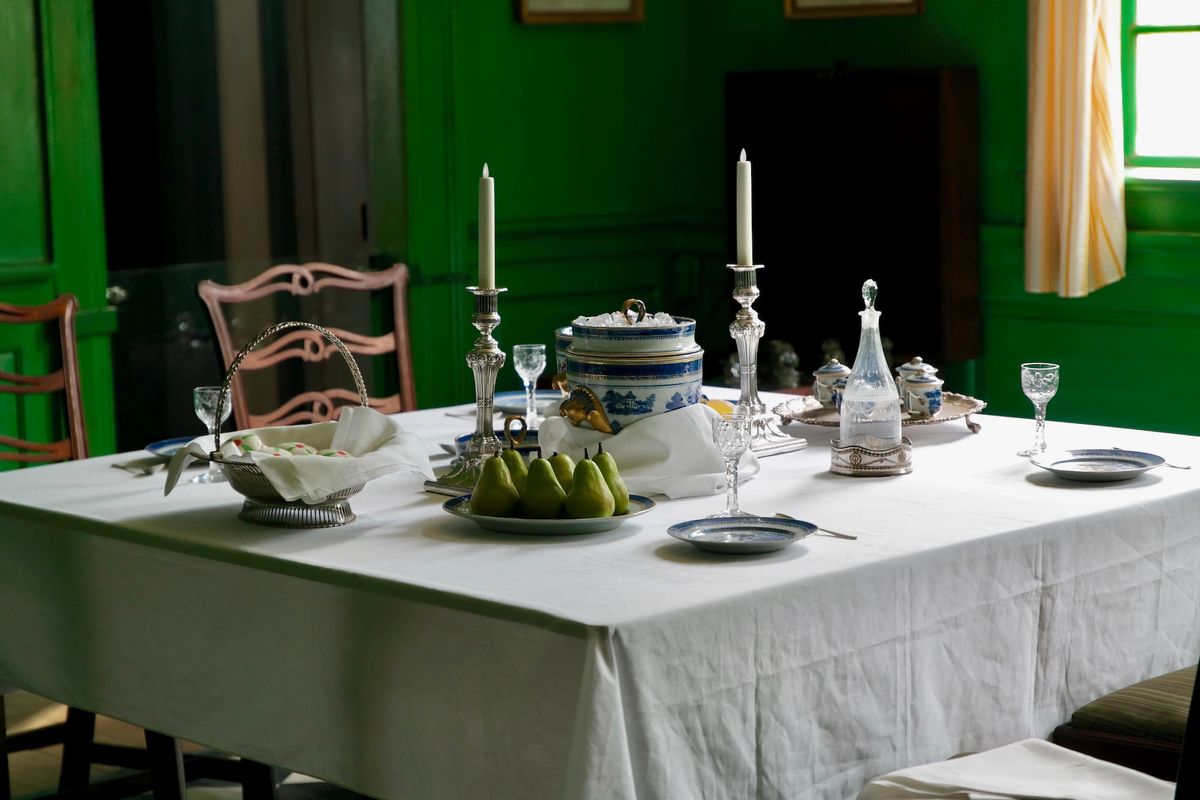
Following his visit to Abbot's tavern, Washington was led by Samuel Phillips and the parade of horsemen to South Church and then to Phillips' mansion-house on Phillips Academy campus. This strategic route showcased the church where Phillips' grandfather had been a minister and the early buildings of Phillips Academy, aiming to impress the President. Their discussions spanned topics ranging from the progress of Phillips Academy to Phillips' paper mill business, lasting about an hour and a half. It is said that after President Washington left, Mrs. Phillips placed a ribbon across his seat to stop anyone from sitting in his chair. (That chair was saved from fire and is part of the Phillips Academy Collection).
Washington was so taken by Phillips Academy that he not only praised it but also encouraged his family members to attend. This endorsement marked the beginning of a long tradition of presidents visiting or attending Phillips Academy, adding to its illustrious history.
Before leaving Andover, the President, mounted on his magnificent milk-white horse, crossed the road in front of Phillip’s mansion to greet the militia in formation and bid farewell to the numerous well-wishers who had gathered to see him off. Just imagine the sight of the dashing figure on that white horse, surrounded by the enthusiasm of the townsfolk.
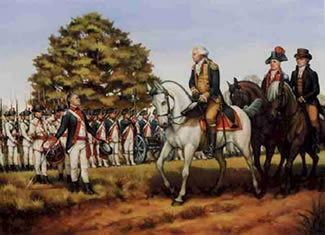
Samuel Phillips joined Washington as his journey continued, taking him through Billerica to Lexington, where he dined and reflected on the historic events of April 19th, 1775—the day the first blood was shed in the dispute with Great Britain. Phillips returned to Andover and Washington made his way to Watertown, making the best of a long day of travel that covered over 43 miles (approximately 8 hours of travel) and included at least five stops.
One can't help but picture the elaborate planning behind his travels—escorts coordinating his itinerary, introducing him at various stops, and ensuring he was warmly received. Indeed, it must have been a truly remarkable sight, capturing the essence of a vibrant, curious nation eager to welcome its President. Washington recorded each day in his diary, but his record has limited details on the parades and pageantry. These parades must have become so routine that they were not noteworthy, except to the locals.
What was Andover like in 1789?
Washington describes Andover as, “The Country from Haverhill to Andover is good, and well cultivated. In and about the latter (which stands high) it is beautiful.” He continues, “a level pretty Sandy, and mixed with Swamps; through which you ride several Miles till you begin to ascend the heights on." This description paints a vivid picture of Andover! The town is indeed a mosaic of sands and rocks left behind by ancient glaciers, giving its landscape a unique character. Among these natural features, swamps formed from underlying clay layers add to the town's charm. And it's not just dry land—both the Merrimack River and the smaller Shawsheen River meander through the area, creating not only picturesque scenery but also providing the perfect conditions for wetlands. The swift flow of these rivers even powered old water wheels, bringing life to the local mills.
Earlier in the same year, 1789, Thomas Houghton visits Andover to talk to Samuel Phillips about his paper mills. Houghton records his impressions of Andover by writing, “I am now at Andover, about 22 miles nearly east from Boston, I am at the house of the Honorable Saml. Phillip[s], junior, Esq…. a creditable well-regulated family.” He continues, “I must confess freedom is carried to what I think is too great a pitch. Here is very little subordination. All hold themselves equal in nature, & to call a Man or woman a servant man by the appellation of Mr. such a one, & ‘pray Mr. Such a one do so & so, or don’t you think it best to do so & so’. The reply is general is, ‘Yes sir, I conceive it is’ You must move your Hatt to everyone you meet and have any acquaintance with and take them by the hand & ask how they are, also enquire with the family. Women are addressed in a style pretty much equal to man.” When did we lose our manners? I once had a trip to France and observed similar behavior and felt as Houghton did – wow, this is very different.
Houghton comments on the tavern owner as well, by writing, “I am told a publickan [tavern owner] would have his license taken from him & be also fined if he was to suffer tippling on the Lord’s day. These are regulations worthy of example, but I don’t by any means intend to insinuate that the people are perfect here any more than in England, only it appears to me they shew fewer public vices.”
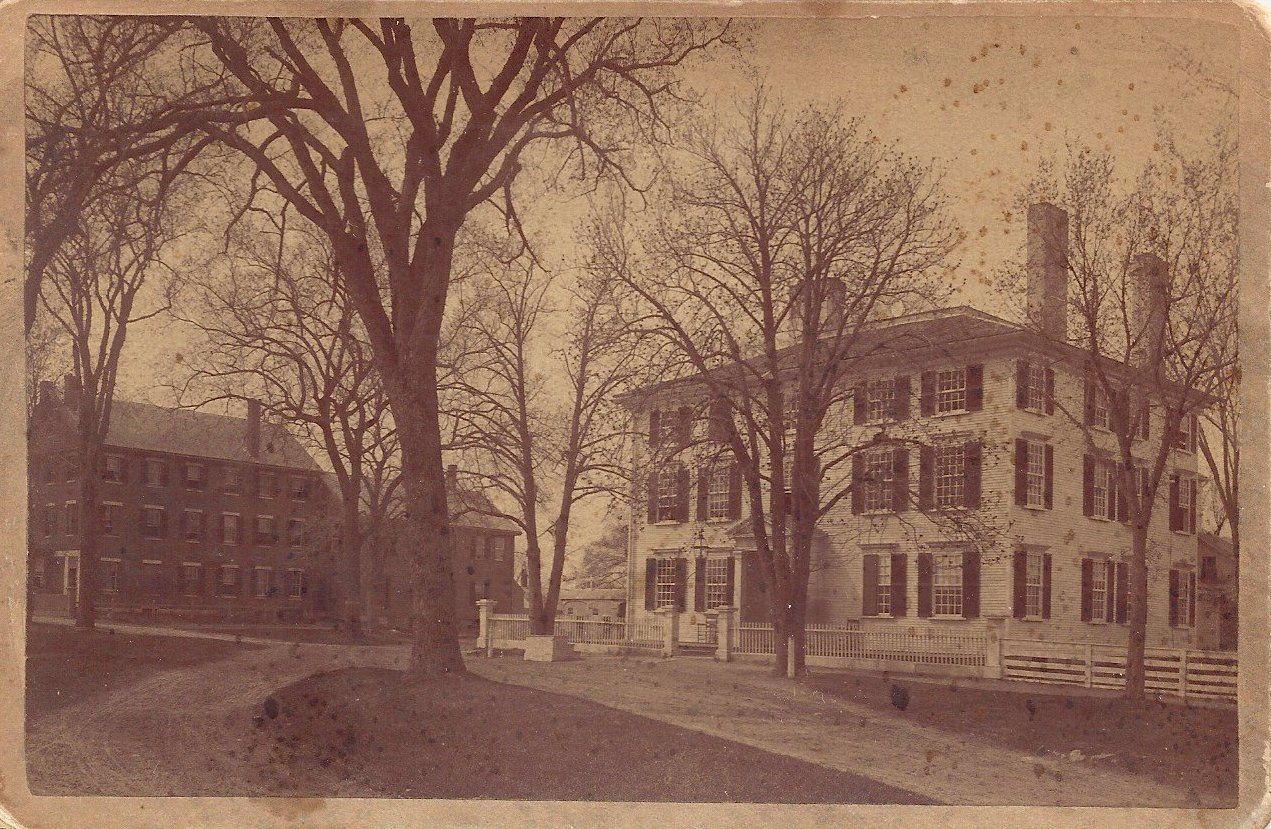
The Mansion
In 1782, Samuel Phillips embarked on the construction of his grand home atop “the hill”, a site that would eventually be surrounded by Phillips Academy. The house was finally completed in 1786 at a total cost of $3,166.66. Samuel's brother, William Phillips, and Eliphalet Pearson, his co-founder of Phillips Academy, shared the expenses. The sheer size of the home astounded the town, and the entire community gathered to watch its construction, a mix of worry and amazement filling the air.
This splendid house, known as The Mansion, became a hub of activity. It welcomed a multitude of guests, hosted various exhibits, and served as the venue for Academy Trustee meetings. Interestingly, it even served as a temporary meetinghouse while the chapel was under construction. Samuel Phillips had envisioned a home for entertaining, and he certainly got what he wished for.
However, in 1802, Samuel Phillips passed away. A decade later, his daughter, Phebe Phillips, transferred the property to Phillips Academy. From that moment on, The Mansion House, as it came to be known, transformed into an inn. Unfortunately, a tragic event marred its history when the Mansion House was reduced to ashes in a fire in 1887.
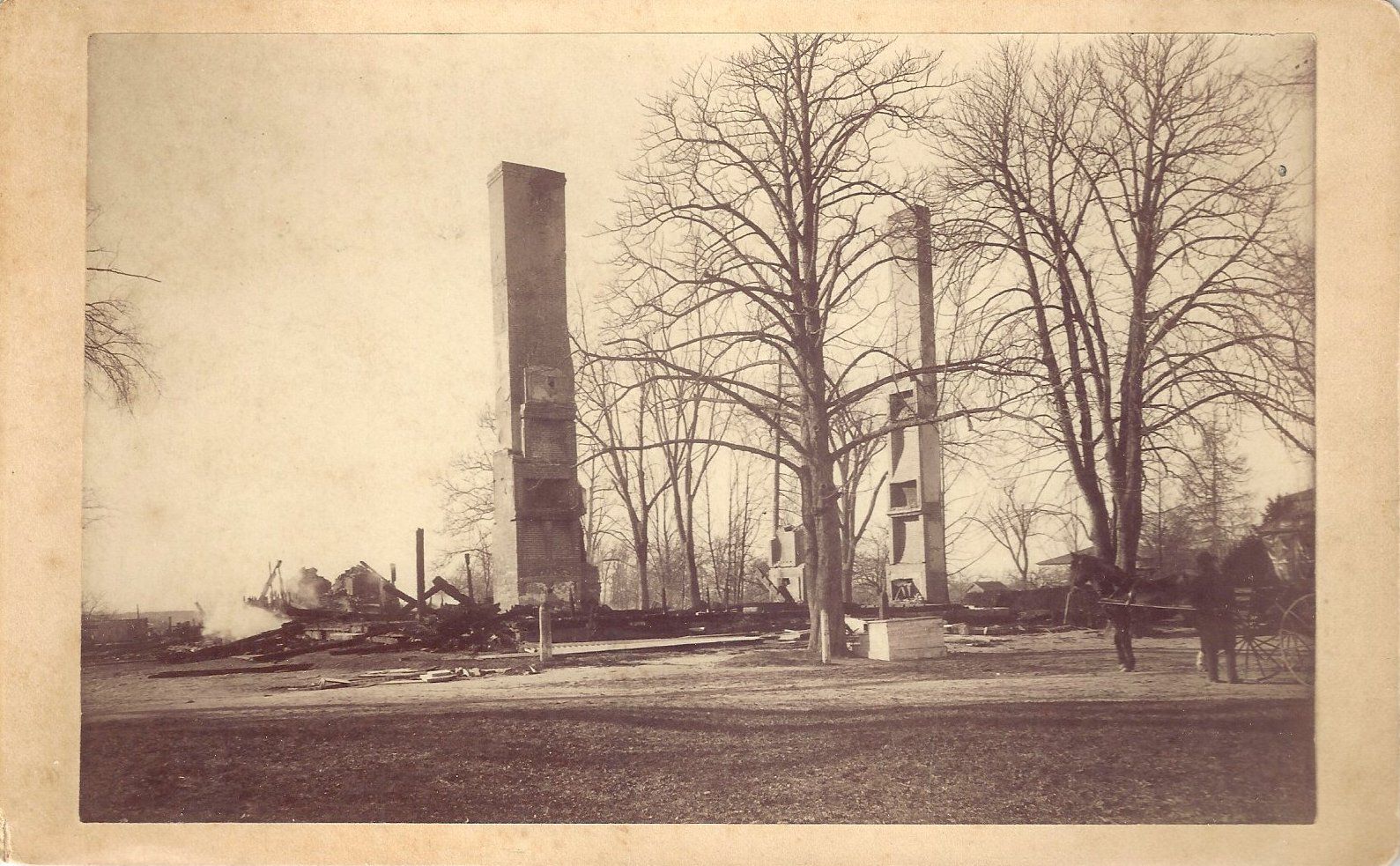
Despite the setback, the legacy lived on. The last proprietor, Charles Carter, relocated to the Harriett Beecher Stowe home, now vacant, continuing to operate an inn named the Mansion House, later renamed the Phillips Inn.
During Washington's memorable trip to New England, the entire region was treated to a grand parade. It was a sight to behold, a true spectacle that became a part of the local lore. From tavern to tavern, the first President of the United States met the people, put on a spectacular show with his majestic milk-white horse and enjoyed the hospitality of each local tavern.
Sources
Andover Historic Preservation Site, many write-ups and photos of Abbot Tavern, Welcome to the Andover Historic Preservation Web Site | Andover Historic Preservation (mhl.org).
Bailey, Sarah Loring, Historical Sketches of Andover, Massachusetts, Houghton, Mifflin and Company, Boston, 1880.
Jackson, Donald and Dorothy Twohig Editors, The Diaries of George Washington. Vol. 5., The Papers of George Washington. Charlottesville, Virginia, http://www.loc.gov/resource/mgw.wd0, 1976-1979.
Mofford, Juliet Haines, Andover Massachusetts Historical Selections from Four Centuries, Merrimack Valley Preservation Press, Andover, MA, 2004.
Taylor, John Lord, A Memoir of His Honor Samuel Phillips, LL. D., Congregational Board of Publication, 1856.
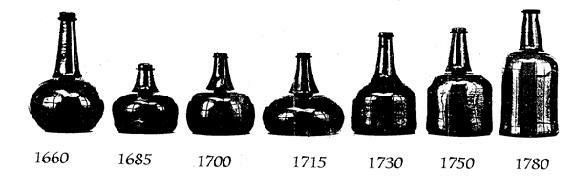

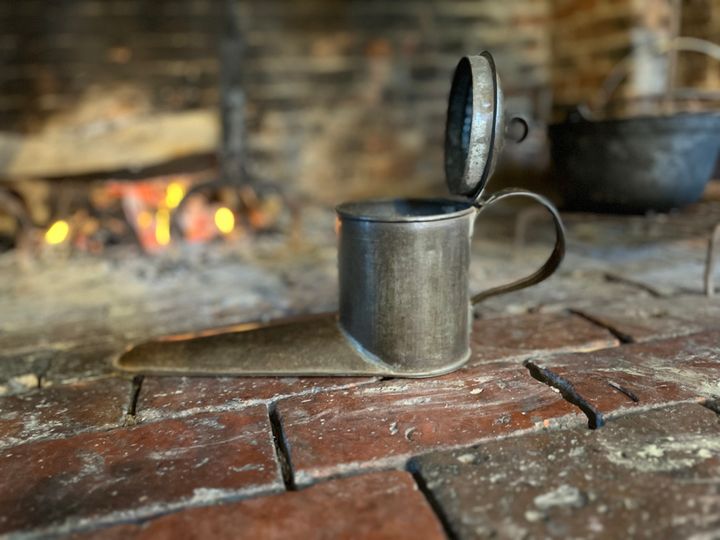
Comments ()